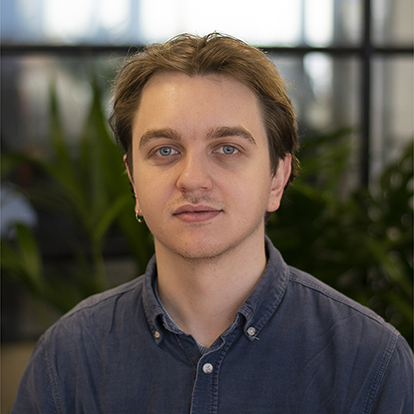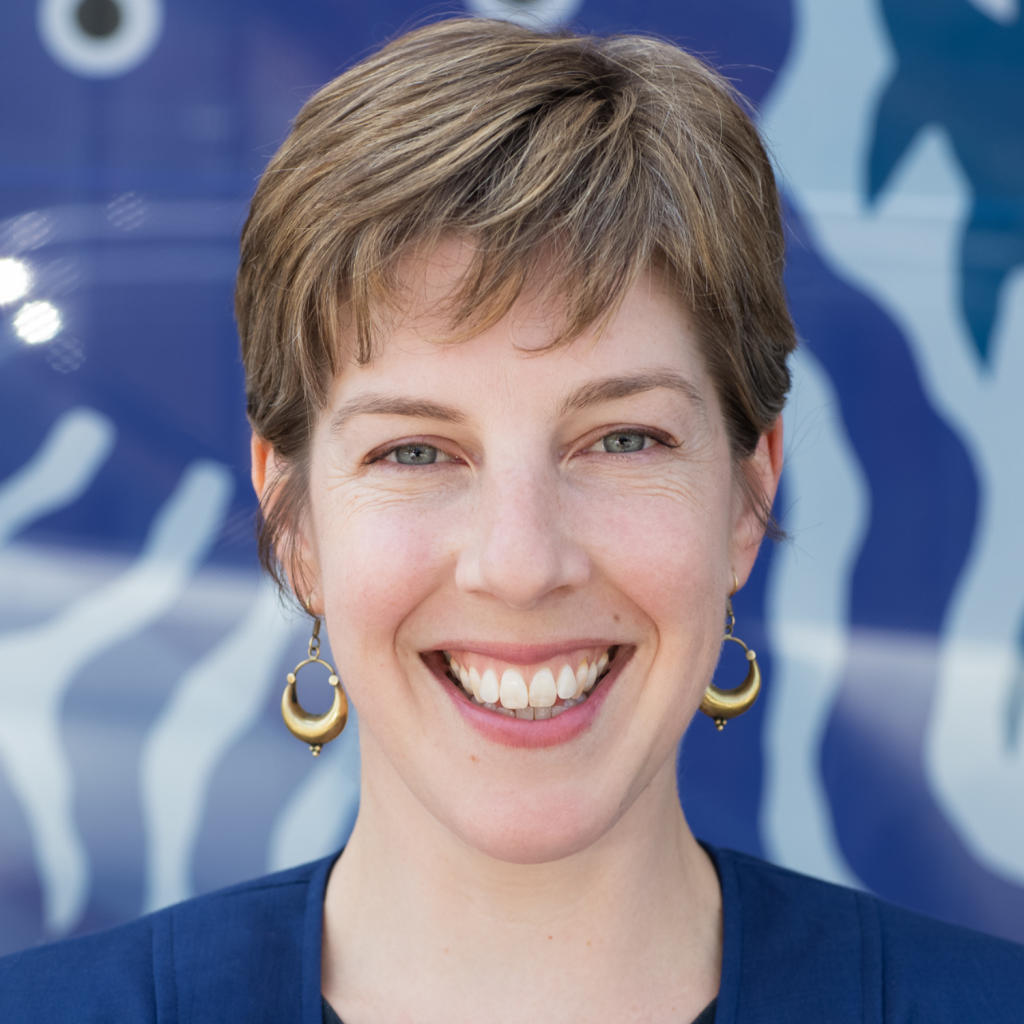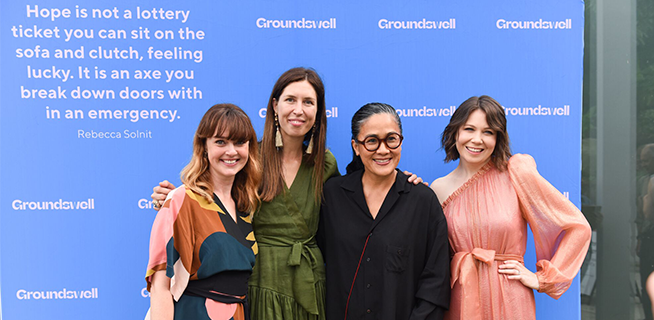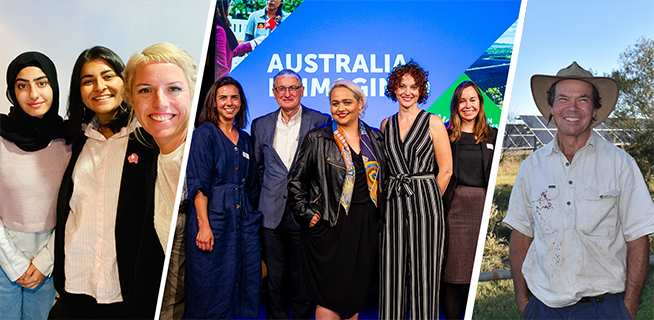A new giving circle is tackling the climate crisis by getting behind women leading positive change.
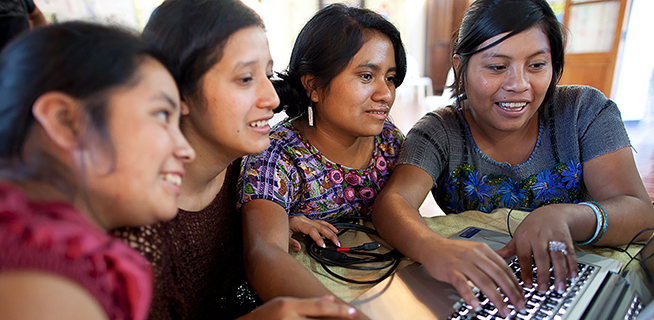
Empowering giving to ‘crack the code’: Australians Investing in Women
To mark International Women’s Day 2023, we caught up with Julie Reilly OAM from Australians Investing in Women to discuss philanthropy’s role in ‘cracking the code’.

